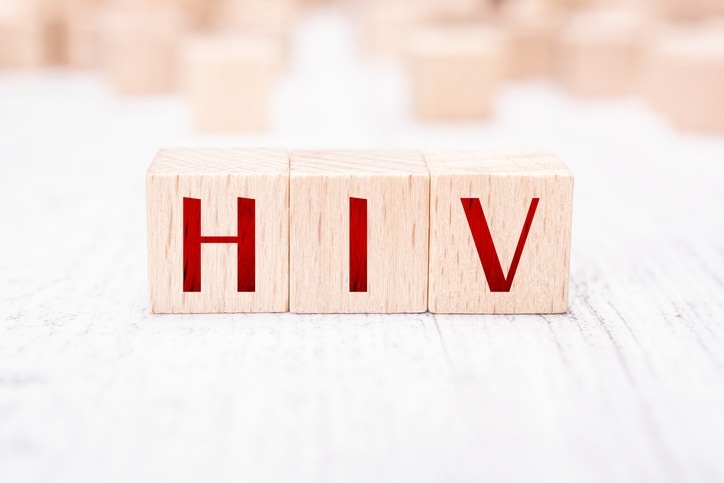Content Spotlight
Podcast: MilliporeSigma says education vital to creating unbreakable chain for sustainability
MilliporeSigma discusses the importance of people, education, and the benefits of embracing discomfort to bolster sustainability efforts.

Halozyme’s ENHANZE drug delivery technology gives ViiV Healthcare more “shots on goal” to develop ultra-long acting drugs against HIV, the firm says.
ViiV Healthcare, owned by GlaxoSmithKline (GSK) with investments from Pfizer and Shionogi, paid Halozyme Therapeutics $40 million upfront this week to use the latter’s ENHANZE drug delivery technology across several candidates targeting HIV. Halozyme could receive up to $175 million in development and commercial milestones per target.
“The four specific HIV medicine targets will expand opportunities for development of nearly all of ViiV’s pipeline assets. We currently have integrase inhibitors, an NRTTI, a capsid inhibitor and a broadly neutralizing monoclonal antibody called N6LS that we licensed from the NIH,” ViiV spokeswoman Melinda Stubbee told BioProcess Insider.

Image: iStock/Devenorr
“The technology allows the delivery of many drugs and large volume fluids by subcutaneous injection which would not be possible without the technology, reducing the treatment burden of injectable drugs and providing optimized treatment options to patients,” she said.
“It provides us with more ‘shots on goal’ to develop ultra-long acting medicines (dosing intervals of three months or longer) with our long-acting portfolio and pipeline products.
“Plans are underway to initiate the first experiments with the technology by the end of 2021 for investigational, long-acting cabotegravir, which is currently administered every two months for prevention of HIV. We believe this agreement will allow ViiV to continue to lead the industry towards a future of long-acting medicines for HIV treatment and prevention.”
The ENHANZE technology is based on Halozyme’s proprietary recombinant human hyaluronidase PH20 enzyme (rHuPH20), which aims at making delivering drugs subcutaneously (under the skin).
The skin’s subcutaneous space consists of architectural components such as collagen and elastin. Hyaluronan (HA), a naturally occurring glycosaminoglycan, forms a gel like substance with water and helps fill a subcutaneous space between the collagen and elastin. These combine to create resistance to bulk fluid flow in the extracellular matrix which limits large volume subcutaneous delivery.
The ENHANZE enzyme works locally to degrade HA in the extracellular matrix at the subcutaneous injection site.
By degrading HA, rHuPH20 enables subcutaneous bulk fluid flow and increases dispersion and absorption of co-administered therapeutics. This may allow delivery of large volumes for rapid subcutaneous injections of approximately two to 20 ml and delivery of even larger subcutaneous infusions of up to 600 ml.
ViiV is in good company when it comes to leveraging the ENHANZE tech. Roche uses it for subcutaneous versions of Perjeta (pertuzumab) and Herceptin (trastuzumab) with hyaluronidase, and Janssen Pharmaceuticals uses the platform for a subcutaneous form of Darzalex (daratumumab).
You May Also Like